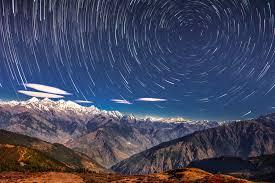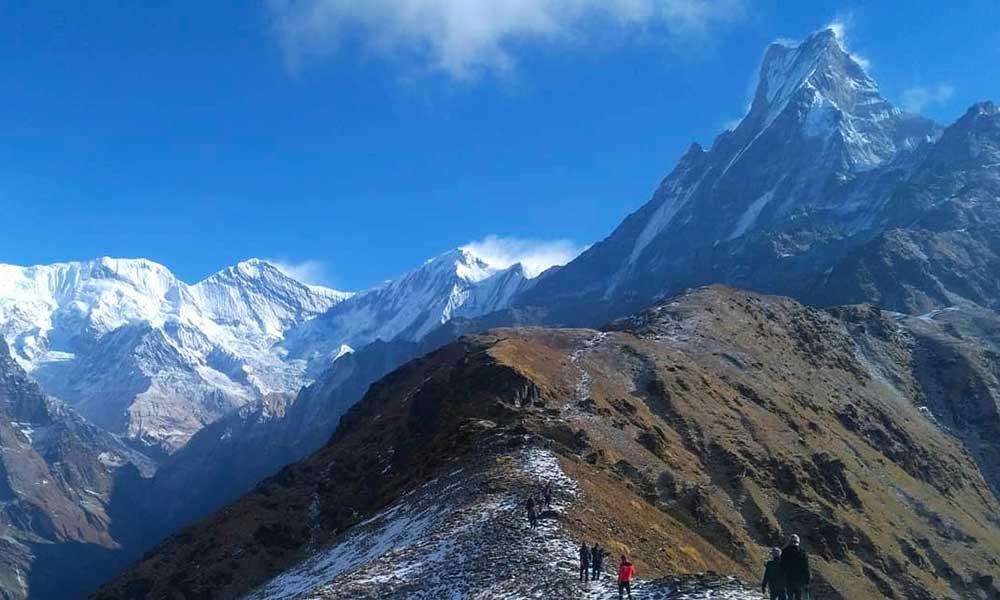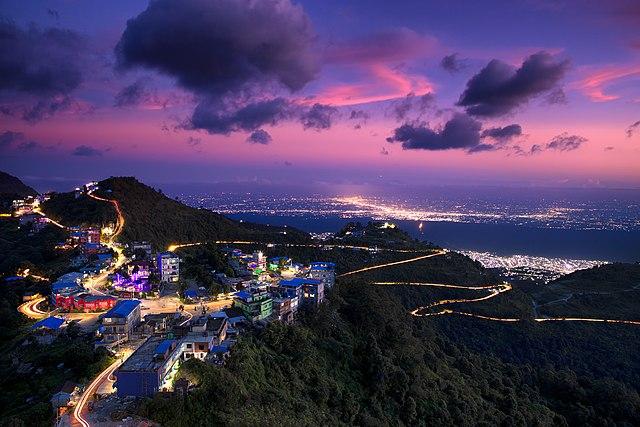The Essence of Euphoria: Chasing Joy
- Author : Admin
- Date : 28th September, 2024
- Time : 0 Min Read
- Euphoria
- Blog Detail
Euphoria is more than just a fleeting emotion; it's a profound state of joy that can transform our lives. In this post, we explore the essence of euphoria, examining what triggers this feeling and how we can cultivate it in our daily routines. We’ll discuss the role of gratitude, mindfulness, and connections with others in enhancing our emotional well-being. Additionally, we will share personal stories and scientific insights that highlight the importance of embracing joy, even amidst life’s challenges. Join us on this journey to discover how to chase joy and elevate your emotional experience!
Leave A Comment:
Author
Related Blogs
Langtang Ganja La Pass Helambu Trekking, as the name implies, the entire trek route involves crossing the Langtang Valley to enter Helambu via Ganja L...
Introduction Hey there, fellow adventurers! Today, I want to share with you my incredible journey trekking through the breathtaking landscapes of t...



